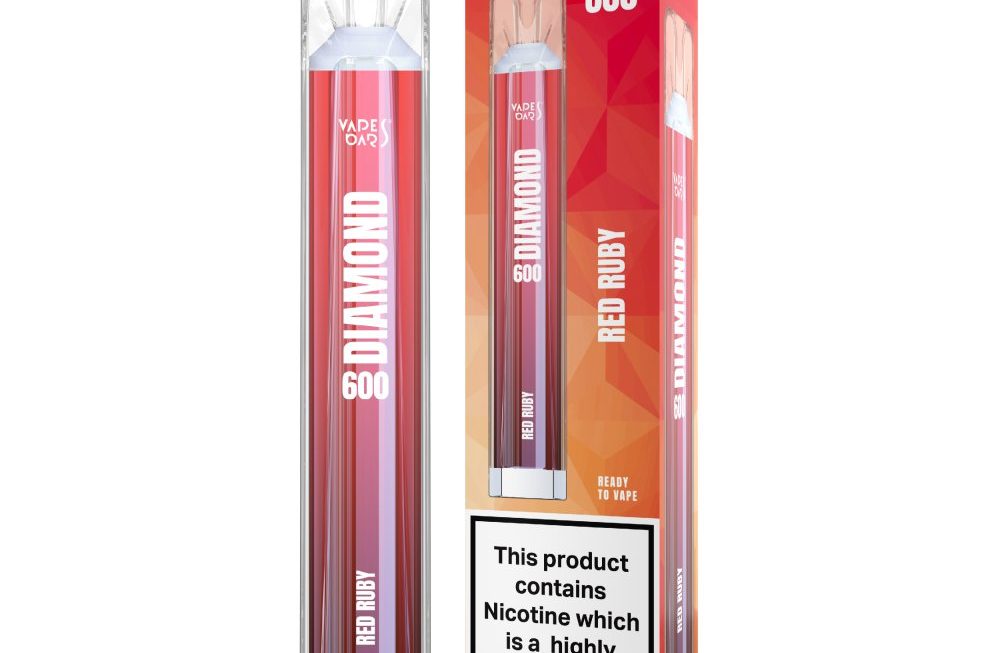The rise in popularity of vape products has been nothing short of phenomenal. From being a niche market, vaping has evolved into a mainstream phenomenon embraced by millions worldwide. This article delves into the factors contributing to its rising popularity and its implications for users and society.
Understanding the Basics of Vaping
At its core, vaping involves inhaling vapor produced by an electronic device. These devices, commonly known as e-cigarettes or vape pens, heat a liquid containing nicotine, flavorings, and other chemicals to create an aerosol. This process offers users an alternative to traditional tobacco smoking.
Components of a Vape Device
A typical vape device comprises several key components:
- Battery: Powers the device to heat the liquid.
- Atomizer: The heating element that vaporizes the liquid.
- Cartridge or Tank: Holds the liquid.
- Mouthpiece: The part through which the user inhales the vapor.
The Appeal of Vaping
Read more about favorites disposable here.
The widespread adoption of vape products can be attributed to several factors:
Health Perceptions
Many users turn to vaping believing it to be a safer alternative to smoking. While it may reduce exposure to certain harmful chemicals found in traditional cigarettes, it’s crucial to understand that vaping is not entirely risk-free. Ongoing research aims to provide a clearer picture of its long-term health effects.
Customization and Variety
The market offers a myriad of vape flavors and devices, allowing users to tailor their experience to their preferences. This customization ranges from choosing specific nicotine strengths to experimenting with unique flavor combinations. Such flexibility enhances the appeal of vaping for both new users and seasoned enthusiasts.
Regulatory Landscape
The rapid growth of the vape industry has prompted regulatory bodies worldwide to establish guidelines to ensure consumer safety. These regulations can vary significantly across regions, covering aspects like product quality, advertising, and sales restrictions, especially to minors.
Challenges in Regulation
One of the main challenges faced by regulators is balancing consumer protection with the industry’s growth. While stringent regulations aim to minimize potential health risks, there is a risk of stifling innovation. Collaboration between stakeholders aims to establish a balanced approach that promotes safe, high-quality vape products.
Future of Vaping
As technological advancements continue to influence the vape industry, the future looks promising. Innovations in battery life, liquid formulations, and device efficiency are expected to enhance user experience. Additionally, ongoing research into the health implications of vaping will provide valuable insights to guide future developments and regulations.
In conclusion, the world of vape products is dynamic and multifaceted. Its rising popularity underscores the importance of informed choices and regulatory vigilance to ensure a safe and enjoyable experience for users.
